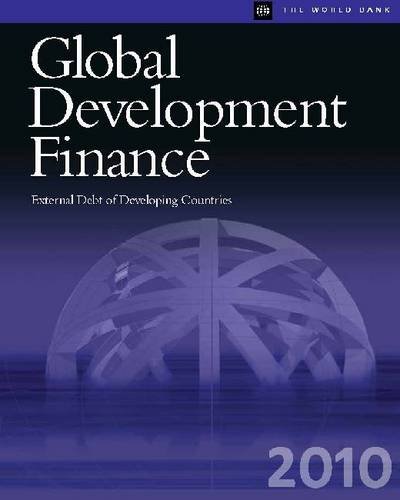Question
In this week's Chapter 9, we discuss capital budgeting decisions and their importance due to their involvement of long term assets. The firm loses some
In this week's Chapter 9, we discuss capital budgeting decisions and their importance due to their involvement of long term assets. The firm loses some financial flexibility when such assets are purchased. The process of valuing a capital budgeting project (investment) to determine whether it should be purchased is the same process that is used to value financial assets, such as stocks and bonds: compute its present value and compare it to its cost. If the present value of the investment's cash flows is greater than its cost, it should be purchased. The projects internal rate of return represents the average rate of return that a company will earn if the project is purchased and held until the end of its useful life. A project should be purchased if its IRR is greater than the firm's required rate of return. Chapter 10 covers project cash flows and risk which are important in the capital budgeting analysis. "Relevant" cash flows include only those cash flows that are affected by the decision to purchase the project. If a cash flow doesn't change as a result of the purchase, then it is not relevant. Relevant cash flows are the initial investment outlay, which includes cash flows that occur at the beginning of the project's life; 2) supplemental cash flows which include changes in the day-to-day operating cash flows during the life of the project; and 3)terminal cash flows which are the cash flows that occur at the end of the project's life. Chapter 11 covers cost of capital and capital structure concepts. In order to make appropriate capital budgeting decisions, the firm must know its required rate of return which is also referred to as its cost of capital. To determine this rate, the firm must compute the cost of each source of funds or capital that investors provide; that is, the cost of debt, the cost of preferred stock, the cost of retained earnings, and the cost of new common equity. These costs are then combined by weighting each component by the proportion that contributes to the total capital of the firm. The result is the weighted average cost of capital, or WACC, which is the required rate of return that the firm should use when making capital budgeting decisions. This week's assignment is to watch three short videos about IPO's (Initial Public Offerings). All are about IPO's (Initial Public Offerings). Videos 1 & 2 both offer explanations of IPO's, one being short while the other is a little more in-depth. The third video describes what can go wrong with an IPO using the recent Facebook IPO as an example. After watching the videos, your assignment is to summarize what you learned about IPO's and the problems that resulted from the Facebook IPO. In addition, I want you to research on your own a "successful" IPO and compare and contrast the differences in what made it successful versus the reasons why the Facebook IPO was not successful. You may want to use your book as there are some examples located in the chapters and the internet as additional references. Since this is from your personal perspective, I expect it to be written by you from your viewpoint Posting should be at least 200 words. As I stated in the announcement for this week, I will also be deducting points for misspelled words, lack of punctuation marks, and improper sentence structure. THE LINKS TO THE 3 VIDEOS ARE AS FOLLOWS: YouTube URL: http://www.youtube.com/watch?v=EsCM_p3VXIw AND YouTube URL: http://www.youtube.com/watch?v=ywOr4OYqXOs AND YouTube URL: http://www.youtube.com/watch?v=7NktOdlY068. Thank you.
Step by Step Solution
There are 3 Steps involved in it
Step: 1

Get Instant Access to Expert-Tailored Solutions
See step-by-step solutions with expert insights and AI powered tools for academic success
Step: 2

Step: 3

Ace Your Homework with AI
Get the answers you need in no time with our AI-driven, step-by-step assistance
Get Started


